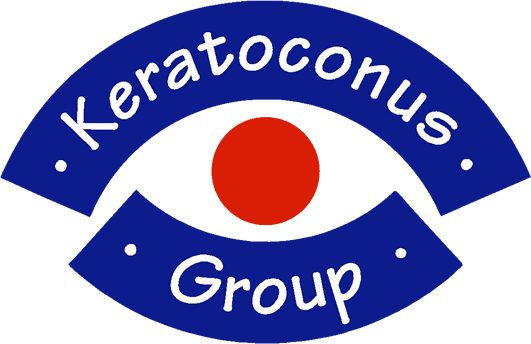Keratoconus: Treatment Overview
Treating keratoconus is rarely just one approach. Depending on the stage of the condition when you are diagnosed, prevention/stabilization, vision improvement, and surgical options all work together to protect your eyes and maintain the best possible vision.
1) Preventing Progression
Goal: Stop keratoconus from worsening.
- Corneal Collagen Cross-Linking (CXL)
- Lifestyle and Eye Care
- Avoid eye rubbing
- Manage allergies
- Regular monitoring with corneal topography
2) Visual Rehabilitation
Goal: Improve vision using non-surgical or minimall y invasive methods.
a. Glasses
- Only effective in mild keratoconus
- Often insufficient for moderate/advanced cases
- What works for one patient may not work for another
- Patients may use two lens types for different activities
- Hygiene and regular follow-up are essential
c. Intracorneal Ring Segments (ICRS)
- Synthetic ICRS (Intacs®, Ferrara Rings®, Keraring®)
- Natural ICRS (CAIRS / Kera Naturale)
- Biocompatible, donor tissue-based
- Can be combined with CXL
3) Procedures for Advanced Disease or Complications
Goal: Manage scarring, thinning, or vision loss not correctable by lenses.
a. Corneal Transplantation (Keratoplasty)
- Deep Anterior Lamellar Keratoplasty (DALK)
- Partial thickness, preserves endothelium
- Penetrating Keratoplasty (PK)
- Full thickness, used in scarring / advanced keratoconus
b. Corneal Implants / Rings (if not done earlier)
- Can also be considered for patients who cannot tolerate lenses
c. Management of Acute Complications
- Corneal hydrops (fluid accumulation)
- This is a sudden, painful event where vision becomes misty or milky white. It’s caused by a tear in the inner layer of the cornea. Find more information here.
- Scarring and thinning
- Emergency treatments (bandage lenses, topical meds, sometimes urgent transplant)
